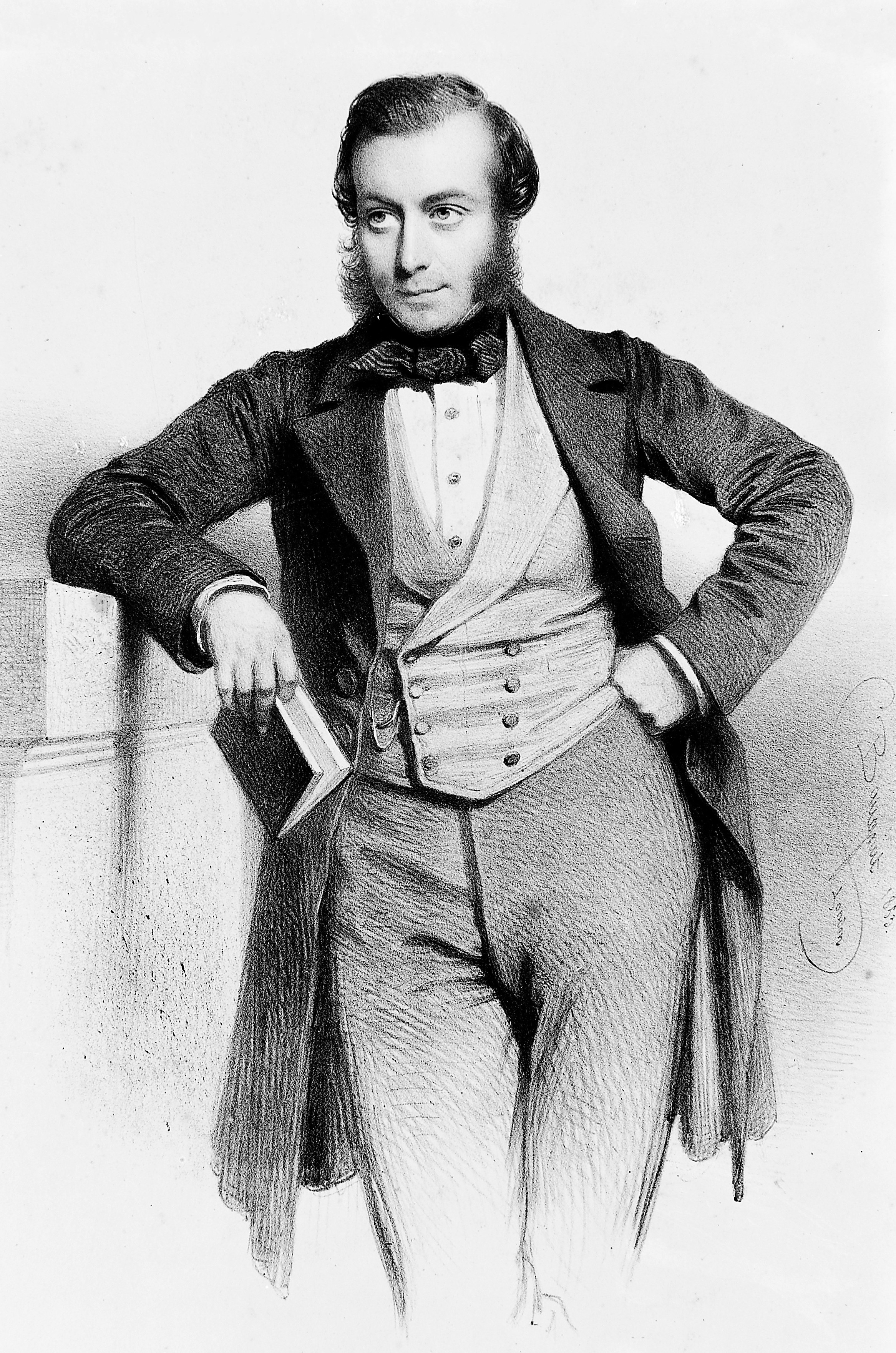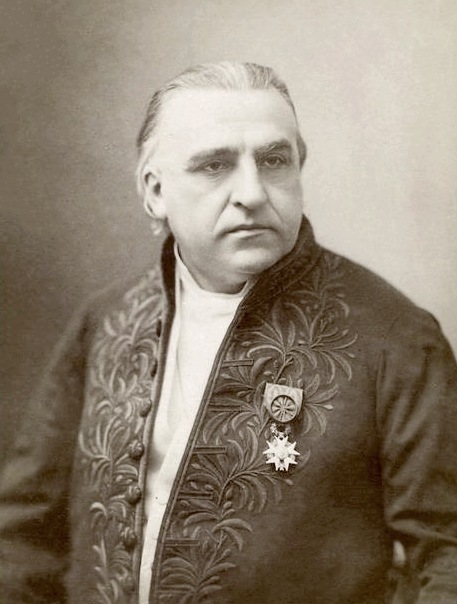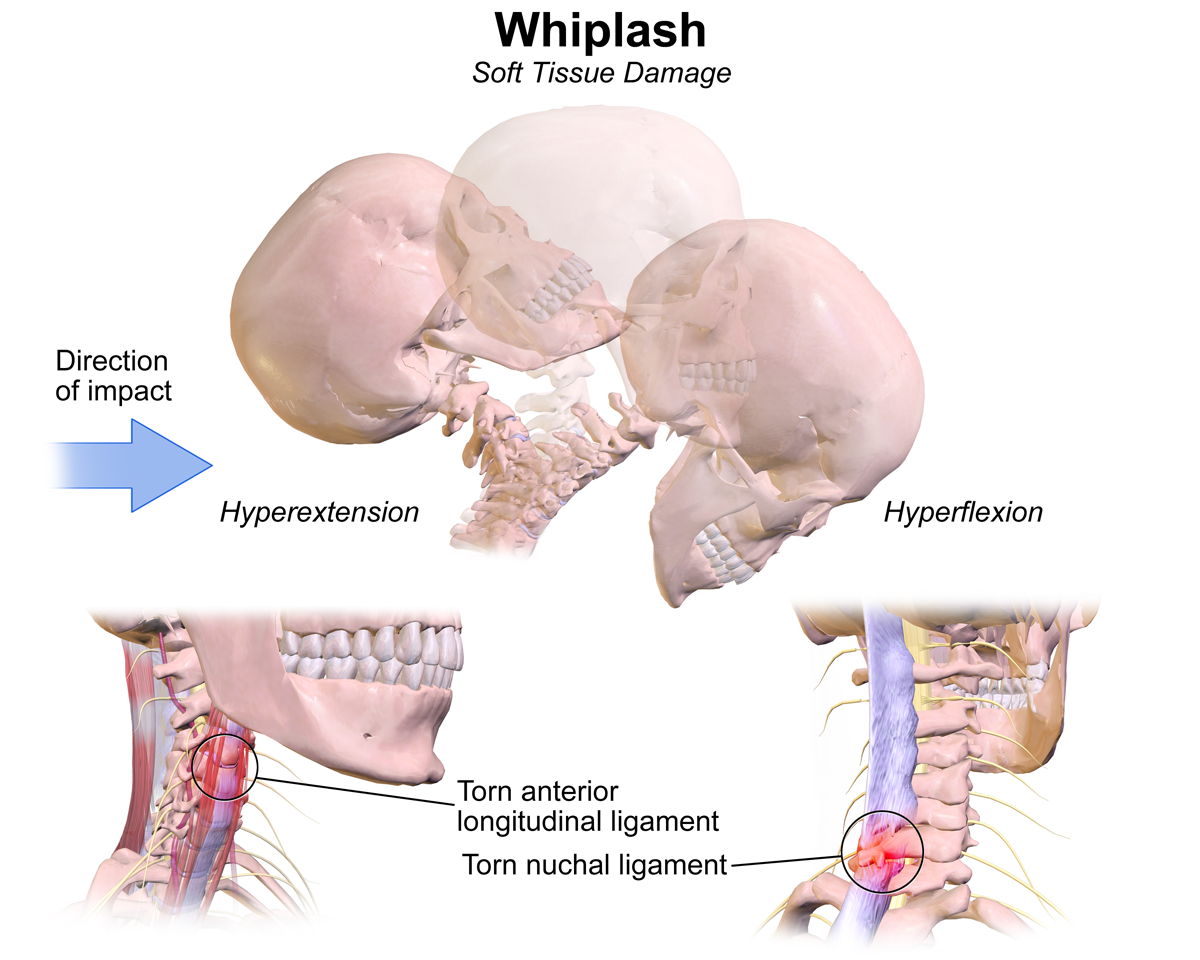|
Railway Spine
Railway spine was a nineteenth-century diagnosis for the post-traumatic symptoms of passengers involved in railroad accidents. The first full length medical study of the condition was John Eric Erichsen's classic book, ''On Railway and Other Injuries of the Nervous System''. For this reason, railway spine is often known as Erichsen's disease. Railway collisions were a frequent occurrence in the early 19th century. Exacerbating the problem was the fact that railway cars were flimsy, wooden structures with no protection for the occupants. Soon a group of people started coming forward who claimed that they had been injured in train crashes, but had no obvious evidence of injury. The railroads rejected these claims as fake. The nature of symptoms caused by "railway spine" was hotly debated in the late 19th century, notably at the meetings of the (Austrian) Imperial Society of Physicians in Vienna, 1886. Germany's leading neurologist, Hermann Oppenheim, claimed that all railway spi ... [...More Info...] [...Related Items...] OR: [Wikipedia] [Google] [Baidu] |
Train Wreck
A train wreck, train collision, train accident or train crash is a type of disaster involving one or more trains. Train wrecks often occur as a result of miscommunication, as when a moving train meets another train on the same track; or an accident, such as when a train wheel jumps off a track in a derailment; or when a boiler explosion occurs. Train wrecks have often been widely covered in popular media and in folklore. A head-on collision between two trains is colloquially called a "cornfield meet" in the United States. Train wreck gallery Image:Train wreck in Rainy River District, Ontario (I0002383).tiff, Train wreck in Rainy River District, Ontario in the 1900s. See also *Lists of rail accidents :*List of accidents and disasters by death toll *Classification of railway accidents :*Boiler explosion :* Bridge disaster :*Derailment :* Level crossing crashes :* Runaway :*Signal passed at danger :* Tram accident :*Wrong-side failure *The crash at Crush, Texas, an intention ... [...More Info...] [...Related Items...] OR: [Wikipedia] [Google] [Baidu] |
John Eric Erichsen
Sir John Eric Erichsen, 1st Baronet (19 July 1818 – 23 September 1896) was a Danish-born British surgeon. Early life Erichsen was born in Copenhagen, the son of Eric Erichsen, a member of a well-known Danish banking family. He attended Mansion house school, Hammersmith. Surgical career Erichsen began his medical studies at University College, London under Robert Liston. Going on to Paris, he witnessed his first colotomy under Amussat before returning to London as house surgeon. He devoted himself in the early years of his career to physiology, and lecturing on general anatomy and physiology at University College Hospital. In 1844 Erichsen was secretary to the physiological section of the British Association, and in 1845 he was awarded the Fothergillian gold medal of the Royal Humane Society for his essay on asphyxia. In 1848 he was appointed assistant surgeon at University College Hospital, and in 1850 became full surgeon and professor of surgery, his lectures and clinical ... [...More Info...] [...Related Items...] OR: [Wikipedia] [Google] [Baidu] |
Hermann Oppenheim
Hermann Oppenheim (1 January 1858 – 5 May 1919) was one of the leading neurologists in Germany. Life and work Oppenheim is the son of Juda Oppenheim (1824–1891), the long-time rabbi of the Warburg synagogue community , and his wife, Cäcilie, née Steeg (1822–1898). He studied medicine at the Universities of Berlin, Göttingen and Bonn. He started his career at the Charité-Hospital in Berlin as an assistant to Karl Westphal (1833–1890). In 1891 Oppenheim opened a successful private hospital in Berlin. In 1894, Oppenheim was the author of a textbook on nervous diseases titled ''Lehrbuch der Nervenkrankheiten für Ärzte und Studierende'', a book that soon became a standard in his profession. It was published in several editions and languages, and is considered one of the best textbooks on neurology ever written. He also published significant works on tabes dorsalis, alcoholism, anterior poliomyelitis, syphilis, multiple sclerosis and traumatic neurosis. In the field ... [...More Info...] [...Related Items...] OR: [Wikipedia] [Google] [Baidu] |
Jean-Martin Charcot
Jean-Martin Charcot (; 29 November 1825 – 16 August 1893) was a French neurology, neurologist and professor of anatomical pathology. He worked on hypnosis and hysteria, in particular with his hysteria patient Louise Augustine Gleizes. Charcot is known as "the founder of modern neurology",Lamberty (2007), p. 5 and his name has been associated with at least 15 medical eponyms, including #Eponyms, various conditions sometimes referred to as Charcot diseases. Charcot has been referred to as "the father of French neurology and one of the world's pioneers of neurology". His work greatly influenced the developing fields of neurology and psychology; modern psychiatry owes much to the work of Charcot and his direct followers.Bogousslavsky (2010), p. 7 He was the "foremost neurologist of late nineteenth-century France" and has been called "the Napoleon Bonaparte, Napoleon of the Neurosis, neuroses". Personal life Born in Paris, Charcot worked and taught at the famous Pitié-Salpêtri� ... [...More Info...] [...Related Items...] OR: [Wikipedia] [Google] [Baidu] |
Male Hysteria
In the nineteenth and early twentieth century, hysteria was a common psychiatric diagnosis made primarily in women. The existence and nature of a purported male hysteria (''hysteria masculina'') was a debated topic around the turn of the century. It was originally believed that men could not suffer from hysteria because of their lack of uterus. This belief was discarded in the 17th century when discourse identified the brain or mind, and not reproductive organs, as the root cause of hysteria. During World War I, hysterical men were diagnosed with shell shock or war neurosis, which later went on to shape modern theories on PTSD. The notion of male hysteria was initially connected to the post-traumatic disorder known as railway spine; later, it became associated with war neurosis. History In the second half of the nineteenth century, hysteria was well-established as a diagnosis for certain psychiatric disorders. Although the original anatomical explanation of hysteria, the so-call ... [...More Info...] [...Related Items...] OR: [Wikipedia] [Google] [Baidu] |
Conversion Disorder
Conversion disorder (CD), or functional neurologic symptom disorder, is a diagnostic category used in some psychiatric classification systems. It is sometimes applied to patients who present with neurological symptoms, such as numbness, blindness, paralysis, or fits, which are not consistent with a well-established organic cause, which cause significant distress, and can be traced back to a psychological trigger. It is thought that these symptoms arise in response to stressful situations affecting a patient's mental health or an ongoing mental health condition such as depression. Conversion disorder was retained in DSM-5, but given the subtitle functional neurological symptom disorder. The new criteria cover the same range of symptoms, but remove the requirements for a psychological stressor to be present and for feigning to be disproved. ICD-10 classifies conversion disorder as a dissociative disorder while DSM-IV classifies it as a somatoform disorder. Signs and symptoms ... [...More Info...] [...Related Items...] OR: [Wikipedia] [Google] [Baidu] |
Whiplash (medicine)
Whiplash is a non-medical term describing a range of injuries to the neck caused by or related to a sudden distortion of the neck associated with extension, although the exact injury mechanisms remain unknown. The term "whiplash" is a colloquialism. "Cervical acceleration–deceleration" (CAD) describes the mechanism of the injury, while the term "whiplash associated disorders" (WAD) describes the subsequent injuries and symptoms. Whiplash is commonly associated with motor vehicle accidents, usually when the vehicle has been hit in the rear; however, the injury can be sustained in many other ways, including headbanging, bungee jumping and falls. It is one of the most frequently claimed injuries on vehicle insurance policies in certain countries; for example, in the United Kingdom 430,000 people made an insurance claim for whiplash in 2007, accounting for 14% of every driver's premium. In the United States, it is estimated that more than 65% of all bodily injury claims are whipl ... [...More Info...] [...Related Items...] OR: [Wikipedia] [Google] [Baidu] |
Posttraumatic Stress Disorder
Post-traumatic stress disorder (PTSD) is a mental and behavioral disorder that can develop because of exposure to a traumatic event, such as sexual assault, warfare, traffic collisions, child abuse, domestic violence, or other threats on a person's life. Symptoms may include disturbing thoughts, feelings, or dreams related to the events, mental or physical distress to trauma-related cues, attempts to avoid trauma-related cues, alterations in the way a person thinks and feels, and an increase in the fight-or-flight response. These symptoms last for more than a month after the event. Young children are less likely to show distress but instead may express their memories through play. A person with PTSD is at a higher risk of suicide and intentional self-harm. Most people who experience traumatic events do not develop PTSD. People who experience interpersonal violence such as rape, other sexual assaults, being kidnapped, stalking, physical abuse by an intimate partner, and ... [...More Info...] [...Related Items...] OR: [Wikipedia] [Google] [Baidu] |
Psychosomatic Medicine
Psychosomatic medicine is an interdisciplinary medical field exploring the relationships among social, psychological, behavioral factors on bodily processes and quality of life in humans and animals. The academic forebear of the modern field of behavioral medicine and a part of the practice of consultation-liaison psychiatry, psychosomatic medicine integrates interdisciplinary evaluation and management involving diverse specialties including psychiatry, psychology, neurology, psychoanalysis, internal medicine, pediatrics, surgery, allergy, dermatology, and psychoneuroimmunology. Clinical situations where mental processes act as a major factor affecting medical outcomes are areas where psychosomatic medicine has competence. Psychosomatic disorders Some physical diseases are believed to have a mental component derived from stresses and strains of everyday living. This has been suggested, for example, of lower back pain and high blood pressure, which some researchers have sugge ... [...More Info...] [...Related Items...] OR: [Wikipedia] [Google] [Baidu] |
History Of Rail Transport
The history of rail transport began in the BCE times. It can be divided into several discrete periods defined by the principal means of track material and motive power used. Ancient systems The Post Track, a prehistoric causeway in the valley of the River Brue in the Somerset Levels, England, is one of the oldest known constructed trackways and dates from around 3838 BC, making it some 30 years older than the Sweet Track from the same area. Various sections have been designated as scheduled monuments. Evidence indicates that there was a 6 to 8.5 km long '' Diolkos'' paved trackway, which transported boats across the Isthmus of Corinth in Greece from around 600 BC.Cook, R. M.: "Archaic Greek Trade: Three Conjectures 1. The Diolkos", ''The Journal of Hellenic Studies'', vol. 99 (1979), pp. 152–155 (152)Lewis, M. J. T."Railways in the Greek and Roman world", in Guy, A. / Rees, J. (eds), ''Early Railways. A Selection of Papers from the First International Early Railwa ... [...More Info...] [...Related Items...] OR: [Wikipedia] [Google] [Baidu] |
Injuries
An injury is any physiological damage to living tissue caused by immediate physical stress. An injury can occur intentionally or unintentionally and may be caused by blunt trauma, penetrating trauma, burning, toxic exposure, asphyxiation, or overexertion. Injuries can occur in any part of the body, and different symptoms are associated with different injuries. Treatment of a major injury is typically carried out by a health professional and varies greatly depending on the nature of the injury. Traffic collisions are the most common cause of accidental injury and injury-related death among humans. Injuries are distinct from chronic conditions, psychological trauma, infections, or medical procedures, though injury can be a contributing factor to any of these. Several major health organizations have established systems for the classification and description of human injuries. Occurrence Injuries may be intentional or unintentional. Intentional injuries may be acts of vio ... [...More Info...] [...Related Items...] OR: [Wikipedia] [Google] [Baidu] |
.jpg)




.jpg)
.jpg)